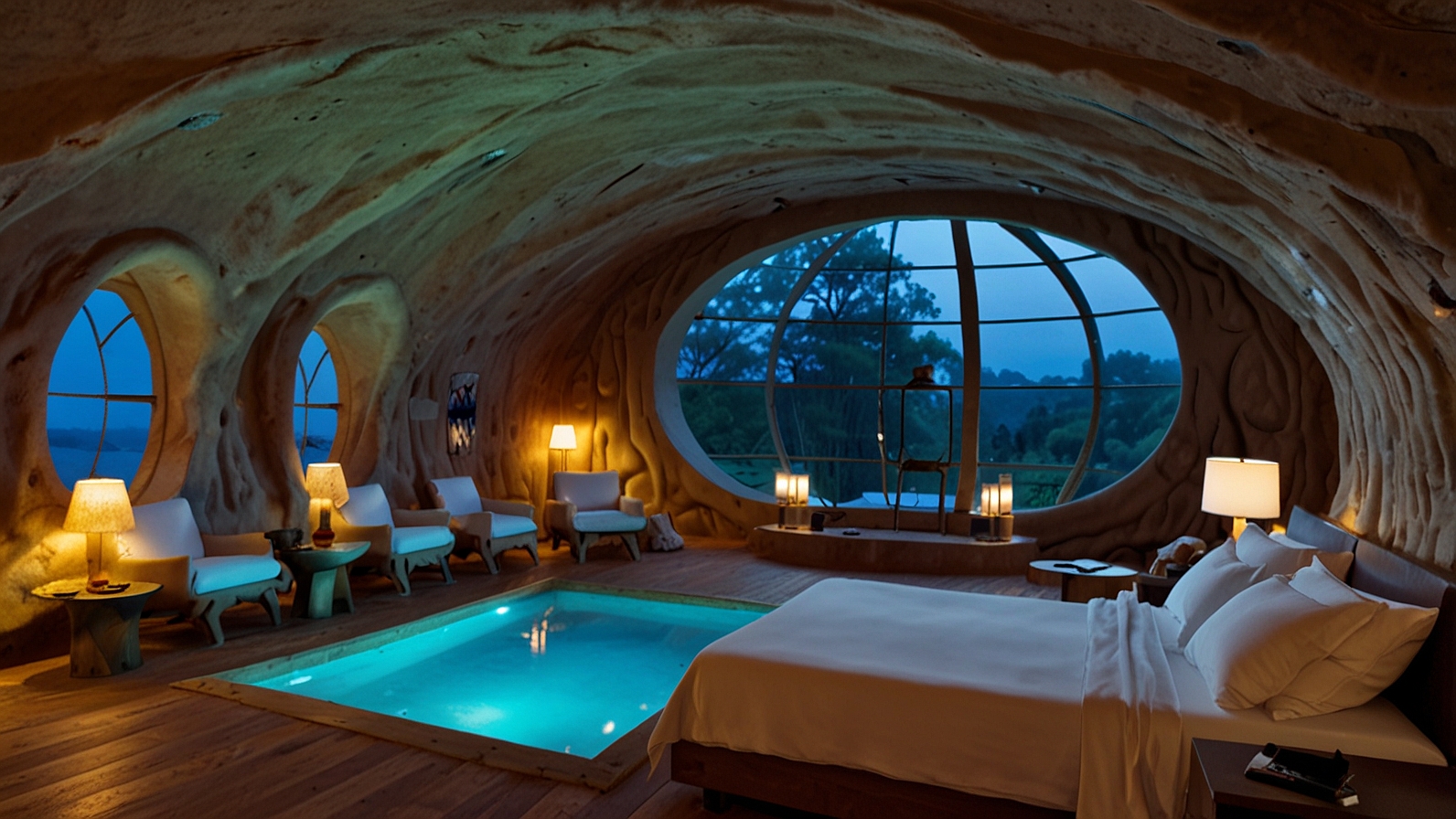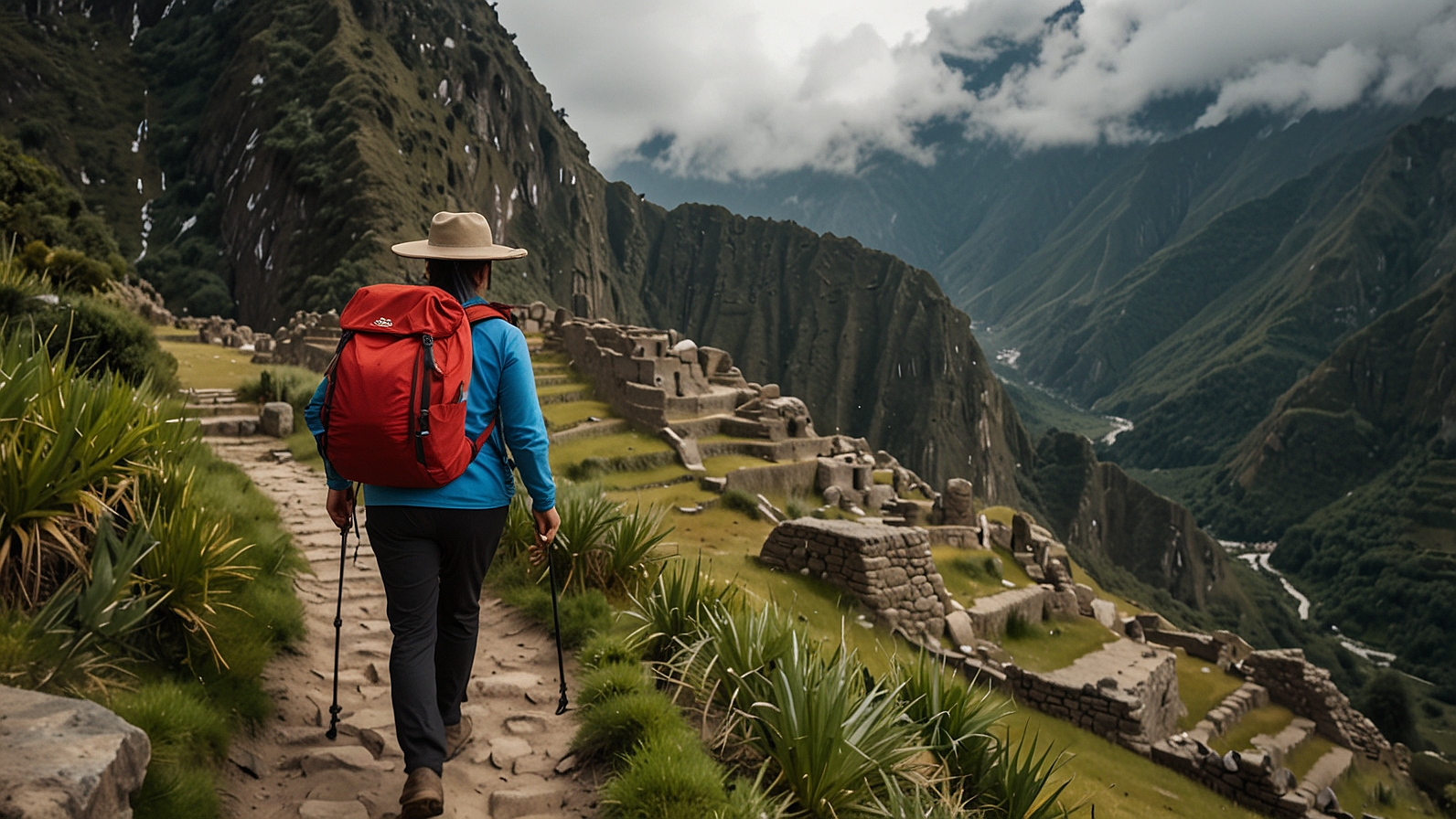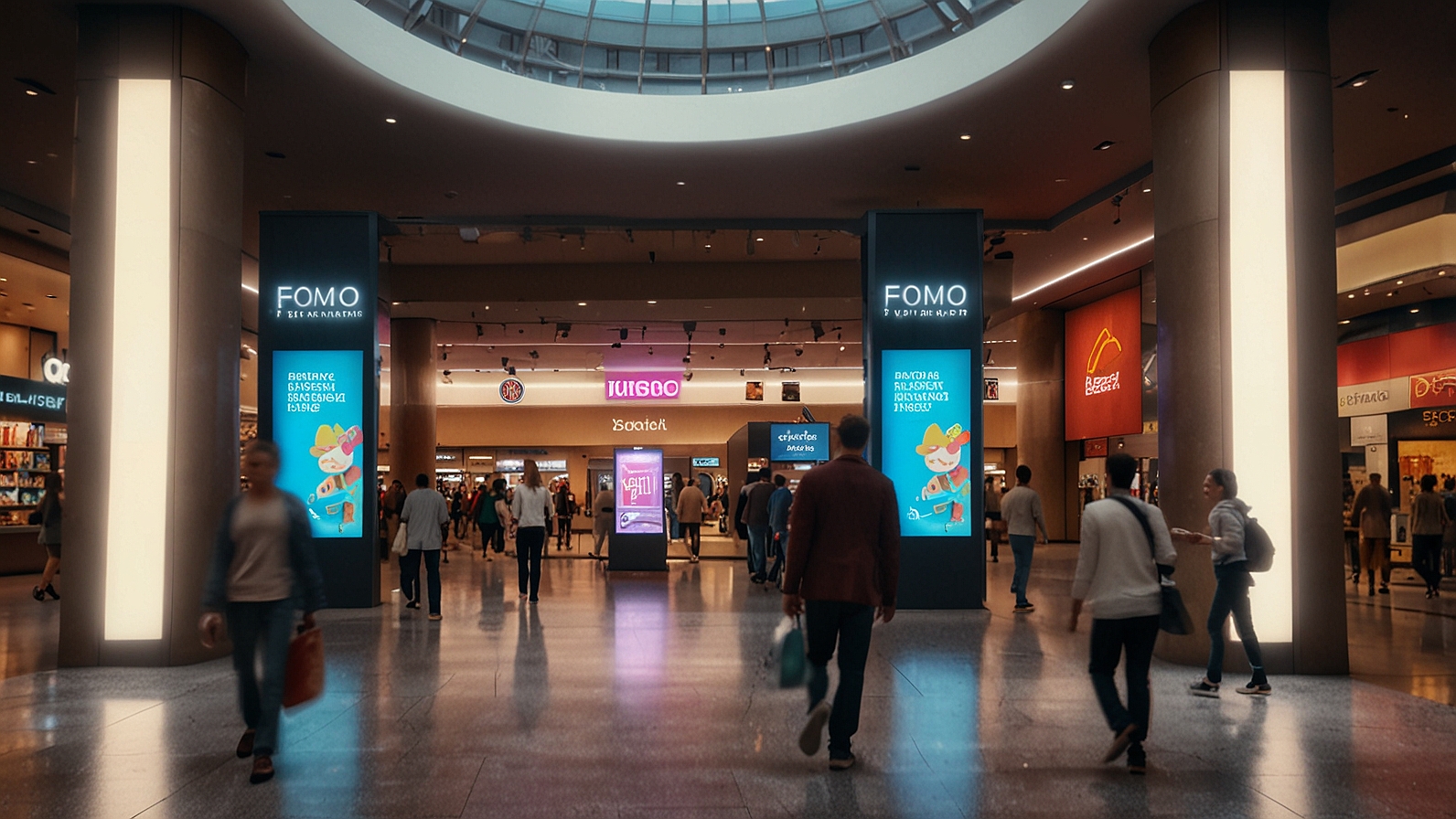For travelers seeking an experience beyond the ordinary, the world is full of unique and sometimes downright bizarre hotels that will leave you in awe. Whether it’s a treehouse suspended high in the air, a former prison turned luxury accommodation, or a hotel made entirely of ice, these strange hotels offer unforgettable stays. Here are some of the world’s most unusual and remarkable places to rest your head.
1. The Dog Bark Park Inn, Cottonwood, Idaho, USA
If you’re a dog lover, this quirky hotel is a must-visit. The Dog Bark Park Inn is a bed-and-breakfast housed inside a giant wooden beagle. This enormous dog structure, located in Cottonwood, Idaho, stands 30 feet tall and is one of the most unusual hotels in the world. Guests can stay inside the dog’s body, with rooms filled with dog-themed furniture and decorations. Outside, visitors can explore the park and purchase hand-carved wooden dog sculptures made by the owners. It’s a charming, dog-centric experience that combines fun with a bit of whimsy.
2. The Icehotel, Jukkasjärvi, Sweden
For a truly unique stay, head to Icehotel in Jukkasjärvi, Sweden, a hotel made entirely of ice and snow. Every winter, this stunning hotel is rebuilt with ice sculptures and intricate designs, offering rooms that are kept at a chilling -5°C (23°F). The rooms, beds, and even furniture are carved from ice, and guests sleep in thermal sleeping bags to stay warm. The hotel also features an ice bar where drinks are served in glasses made of ice. Beyond the ice, the surrounding area offers fantastic opportunities for winter activities like dog sledding, ice fishing, and seeing the Northern Lights. It’s a once-in-a-lifetime experience for anyone seeking a cool adventure.
3. The Propeller Island City Lodge, Berlin, Germany
For a surreal and immersive experience, the Propeller Island City Lodge in Berlin is a must-visit. This avant-garde hotel features rooms that defy convention. One room, for example, is filled with a bed that’s upside down, where guests sleep beneath the floor, while another room is designed to make you feel like you’re in a padded cell. The hotel is a living art exhibit, with each room designed by the artist Lars Stroschen, who created the lodge as a place where visitors can experience bizarre and thought-provoking art firsthand. It’s perfect for those who enjoy a bit of eccentricity and a break from the mundane.
4. The Underground Hotel, Waitomo Caves, New Zealand
For an experience that’s truly out of this world, consider the Waitomo Caves in New Zealand. This is not just any cave stay—it’s an underground hotel with walls that glow in the dark, thanks to the shimmering bioluminescent glowworms that light up the cave’s ceilings. Guests sleep in cozy rooms within the caves, surrounded by this natural light show. This eco-friendly accommodation also focuses on sustainability, offering a unique and intimate connection to nature. The surrounding area is perfect for adventure lovers, with opportunities for exploring the caves, abseiling, and black-water rafting.
5. The Mirrorcube, Harads, Sweden
Another unusual gem in Sweden is the Mirrorcube in Harads, part of the Treehotel collection. The Mirrorcube is exactly what it sounds like: a treehouse hotel camouflaged by reflective mirrors that blend perfectly with its surrounding forest. Suspended 13 feet in the air and accessible via a rope bridge, this hotel offers a truly surreal and peaceful stay. Inside, the room features modern amenities and floor-to-ceiling windows, allowing guests to feel fully immersed in nature while being completely undisturbed by the outside world. It’s an ideal retreat for those looking for tranquility, with a touch of modern art.
6. The Arctic TreeHouse Hotel, Rovaniemi, Finland
For a blend of luxury and nature, The Arctic TreeHouse Hotel in Rovaniemi, Finland, offers a unique experience. Located in the heart of the Arctic Circle, this hotel features cabins that are designed to resemble modern treehouses, complete with floor-to-ceiling windows offering views of the surrounding snowy landscapes. In the winter months, guests can catch glimpses of the Northern Lights from the comfort of their room. The hotel’s eco-friendly design and dedication to sustainability make it a great option for environmentally-conscious travelers. This hotel is perfect for those seeking both adventure and relaxation in a one-of-a-kind setting.
7. The Ryugyong Hotel, Pyongyang, North Korea
For travelers looking for something truly bizarre, the Ryugyong Hotel in Pyongyang, North Korea, is a strange and towering sight. Known as the “Hotel of Doom” due to its unfinished and controversial construction, this 105-story pyramid-shaped hotel was initially intended to be a symbol of North Korea’s grandeur. Despite being largely empty for years, the building remains an architectural curiosity. Although it has faced many setbacks and criticisms over the years, its unique design and eerie presence make it one of the most unusual hotels in the world. Staying here is rare, but it certainly adds an element of intrigue to any travel experience.
8. The Das Park Hotel, Linz, Austria
The Das Park Hotel is one of the most innovative and sustainable hotel concepts you’ll find anywhere. Located in Linz, Austria, this hotel uses repurposed concrete sewage pipes as rooms, creating an eco-friendly and minimalist accommodation experience. The cylindrical rooms are small but functional, with comfortable beds and a simple layout. Guests can enjoy the surrounding park area while also experiencing the novelty of sleeping in a former industrial element. It’s an affordable and environmentally conscious way to stay in a unique space, especially for those who don’t mind roughing it a bit for a truly distinctive experience.
9. The Capsule Hotels, Tokyo, Japan
For something that’s both futuristic and functional, the capsule hotels of Tokyo, Japan, are an iconic example of unique accommodations. These compact, pod-like rooms are designed to maximize space efficiency, offering just enough room for a bed, TV, and personal items. Capsule hotels are a great option for solo travelers or those looking for a quick, budget-friendly stay. While the concept originated in Japan, these hotels have spread worldwide, offering a quirky and practical way to rest without wasting any space.
10. The Giraffe Manor, Nairobi, Kenya
Finally, for a truly whimsical and animal-centered stay, consider Giraffe Manor in Nairobi, Kenya. This boutique hotel is located on a 12-acre property where endangered Rothschild giraffes roam freely. The hotel’s most unique feature is the daily visit from these giraffes, who often poke their heads through the windows to greet guests during breakfast. It’s a rare opportunity to interact with these majestic animals in a relaxed and beautiful setting. Staying at Giraffe Manor is not just an unforgettable experience, but also supports wildlife conservation efforts in Kenya.
Conclusion
From staying inside a giant dog to sleeping in an ice hotel, the world offers some truly strange and wonderful hotels that make any vacation one to remember. Whether you’re looking for adventure, luxury, or just something out of the ordinary, these weird hotels promise an experience that goes beyond typical accommodations, inviting guests to enjoy the bizarre side of travel.













